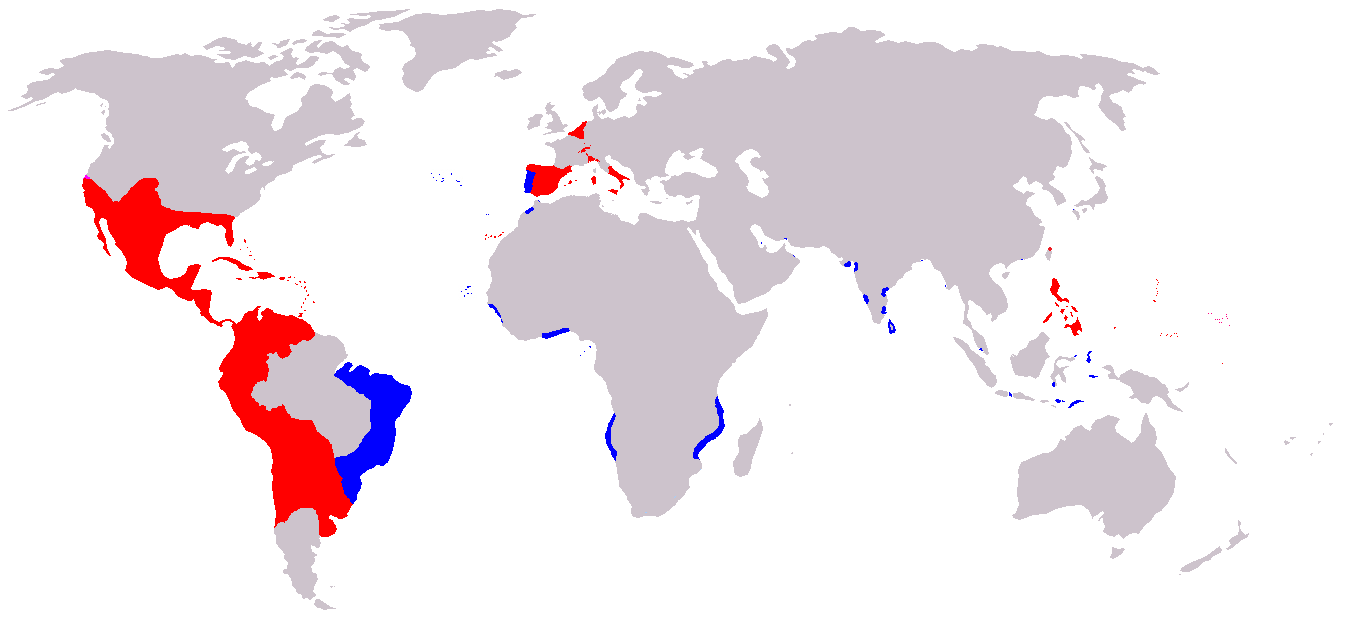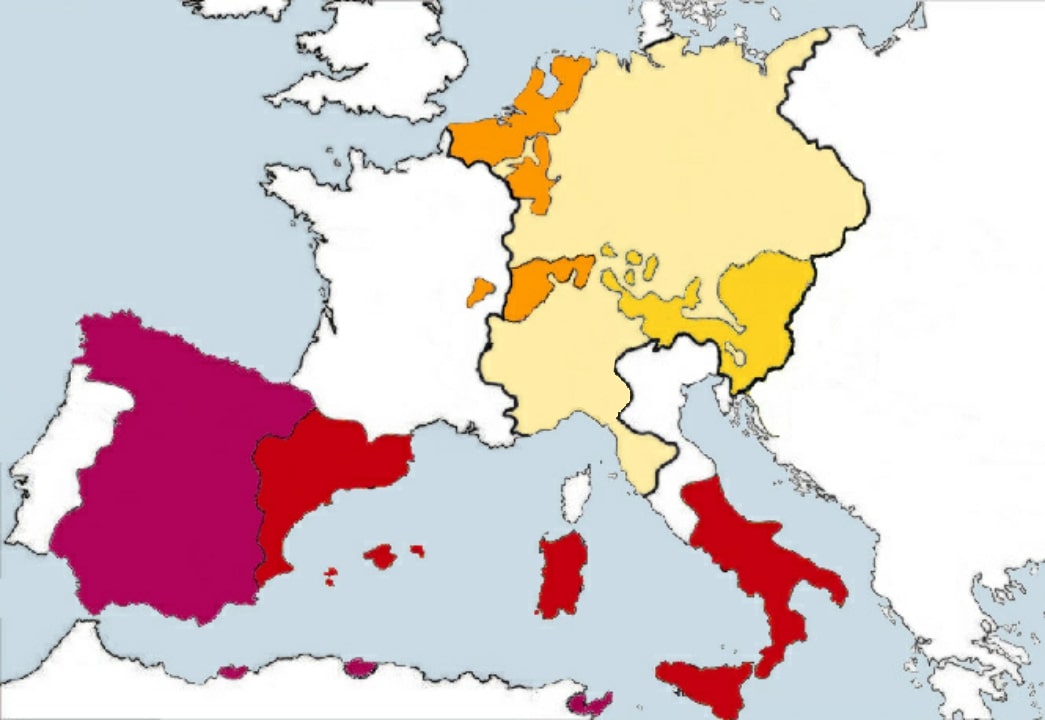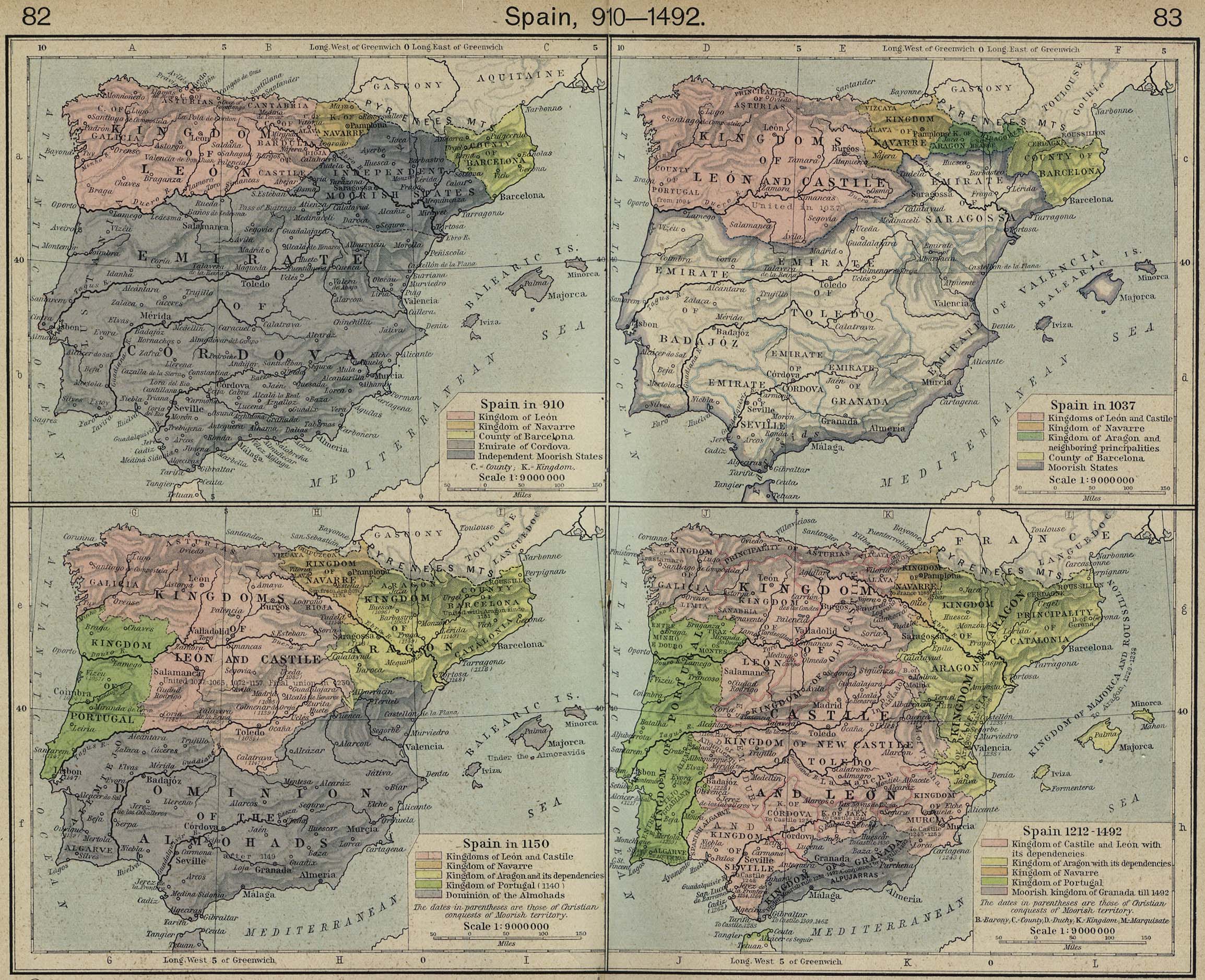We met at the Kensington Row Bookshop on February 10, 2016, to discuss From the Ruins of Empire: The Revolt against the West and the Remaking of Asia by Pankaj Mishra, an Indian born in 1969 and now living in London and Mashobra, India.
Almost everyone agreed that it was an interesting book about a topic with which most of us had little familiarity—a partial history of Asia since the start of European colonial domination, told from the perspective of the Asians themselves. The author said he defined Asia as the Greeks had; i.e., the land east of the Aegean Sea. This enabled him to include discussions of Ottoman Turkey and Egypt.
Some faulted him for being harder on the Europeans than history would suggest, because all conquering empires are rough on the inhabitants, including, conspicuously, the Islamic conquest of a broad swath of land from Spain to Persia that laid to waste so much indigenous culture that not many indigenous languages survived (using just one measure of cultural destruction). Panjak glowingly describes this as “order” that “wasn’t just political or military. The conquerors . . . brought into being a fresh civilization with its own linguistic, legal, and administrative standards, its own arts and architectures and orders of beauty.”
This he contrasts with the relatively minor perturbations Napoleon inflicted on the Egyptians during a period of just over a year, from July 1798 to August 1799, which he describes as (quoting Abd al-Rahman al-Jabarti): “great battles, terrible events, disastrous facts, calamities, unhappiness, sufferings, persecutions, upsets in the order of things, terror, revolutions, disorders, devastations.”
In another example, he portrayed the Ottoman Empire as one whose touch was so lightly imprinted upon the peoples subject to its colonization as to be admirable when compared to European colonial oppression. Ottoman Turkey was the “most cosmopolitan state in the world . . . a sophisticated political organism capable of accommodating much ethnic and religious diversity.” One had to laugh when, a few paragraphs later, he noted that the successful Greek insurgency in 1929 led to uprisings all over the “light imprint” zone.
Most of the book was a complaint about European colonial rule. One member described it as a “rant.” All agreed that the Europeans had been oppressive and exploitative of a large part of Asia. It was truly an astonishing enterprise that has led to some lingering problems.
But the author lays more blame on the Europeans than perhaps warranted. For example, he complains that the British and the French drew boundaries in the Middle East in a culturally insensitive and destabilizing way, as if the seething centuries of religious violence between Sunni and Shi’ite Muslims were of little consequence when compared to events at the end of World War I.
The author approached his ambitious topic by examining the writings of a handful of Asian writers who acquired some prominence in their time, but who are generally unknown to Western readers. The writings of individuals well known in the West, such as Gandhi, are only briefly mentioned.
The book’s main protagonists were “two itinerant thinkers and activists,” Jamal al-Din al-Afghani (1838-97) and Liang Qichao (1873-1929). Mishra sees them as intellectuals who protested against the domination by the Europeans and laid the foundation for the subsequent national liberation movements in Asia. Other Asians whose ideas are analyzed include Rabindranath Tagore, Tokutomi Soho, and Ali Shiatari.
Mishra tracks the evolution of their thinking as they mature. Both al-Afghani and Liang travelled widely, and their writings are known to have influenced many people, including Mao Zedong, Sayyid Qutb, and Osama bin Laden. Today, Al-Afghani is seen as the father of modern political Islam. Mishra characterizes al-Afghani’s actual writing as “often romantic Islamic revivalism” rather than the “language of Jihad,” which is now so much in the news.
Mishra begins the book with a description of how the peoples of Asia reacted to the Japanese defeat of the Russians in a May 1905 naval battle in the Tsushima Strait. They were elated at the sight of Asians beating a European power. We noted that this world view effectively blinded many Asians to the real threat. The threat was not “white Christian Europeans,” but rather “militarily powerful people who seek to exploit you economically.” Japan went on to subjugate a good part of Asia. The cruel and corrupt indigenous rulers who came to power in some parts of Asia after colonial rule also demonstrate that the desire to subjugate others is not a uniquely European characteristic.
We talked about the extensive travel undertaken by al-Afghani and Liang and its impact on their thinking. For example, in addition to his Asian travels, Liang travelled all over Europe and to the United States. He was surprised by the slums and other indications that American democracy was falling short of its stated purpose. After viewing the destruction caused by World War I in Europe, he wondered if the West were in decline.









